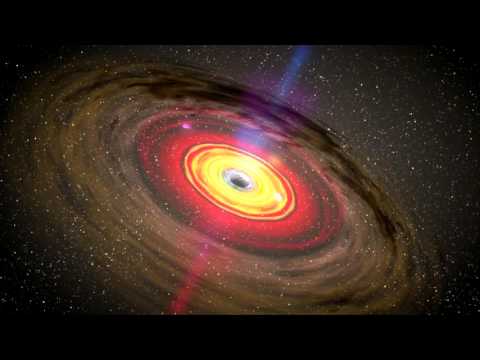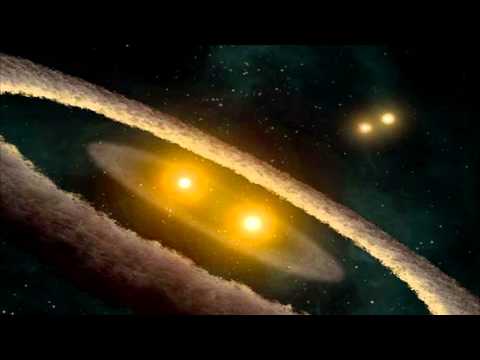Scientists Discover New Clues About the Formation of Planets
Scientists have long been fascinated by the formation of planets in our solar system and beyond. How did these celestial bodies come into existence, and what processes were involved in their creation? A recent discovery has provided new clues that shed light on this fascinating phenomenon.
A team of researchers from the University of Arizona and the University of California, Davis, has uncovered evidence that suggests planets may form in a way that is very different from what was previously thought. The traditional theory of planet formation, known as the core accretion model, posits that planets are born from the gradual accumulation of dust and gas in a protoplanetary disk surrounding a young star. However, this new study challenges that idea.
The researchers used data from the Atacama Large Millimeter/submillimeter Array (ALMA) in Chile to observe a young star system located about 400 light-years away. What they found was surprising – instead of a smooth, continuous disk of material surrounding the star, they discovered a series of bright rings and gaps. These features are believed to be caused by the gravitational interactions between newly forming planets and the surrounding material in the disk.
This discovery suggests that planets may form through a process called disk instability, where clumps of material in the disk collapse under their own gravity to form planets. This is a departure from the core accretion model, which relies on a slow and gradual accumulation of material over millions of years.
The implications of this finding are significant. If planets can form through disk instability, it could explain the existence of so-called “hot Jupiters” – gas giant planets that orbit very close to their parent stars. These planets are difficult to explain using the core accretion model, but they could be the result of rapid planet formation through disk instability.
This discovery also has implications for our understanding of planet formation in other star systems. By studying the processes that give rise to planets in our own solar system, scientists can gain valuable insights into how planets form around other stars in the galaxy.
Overall, this new discovery provides a tantalizing glimpse into the complex and mysterious process of planet formation. By challenging existing theories and offering new insights, scientists are getting closer to unraveling the secrets of how planets come into existence – a question that has fascinated humanity for centuries.













